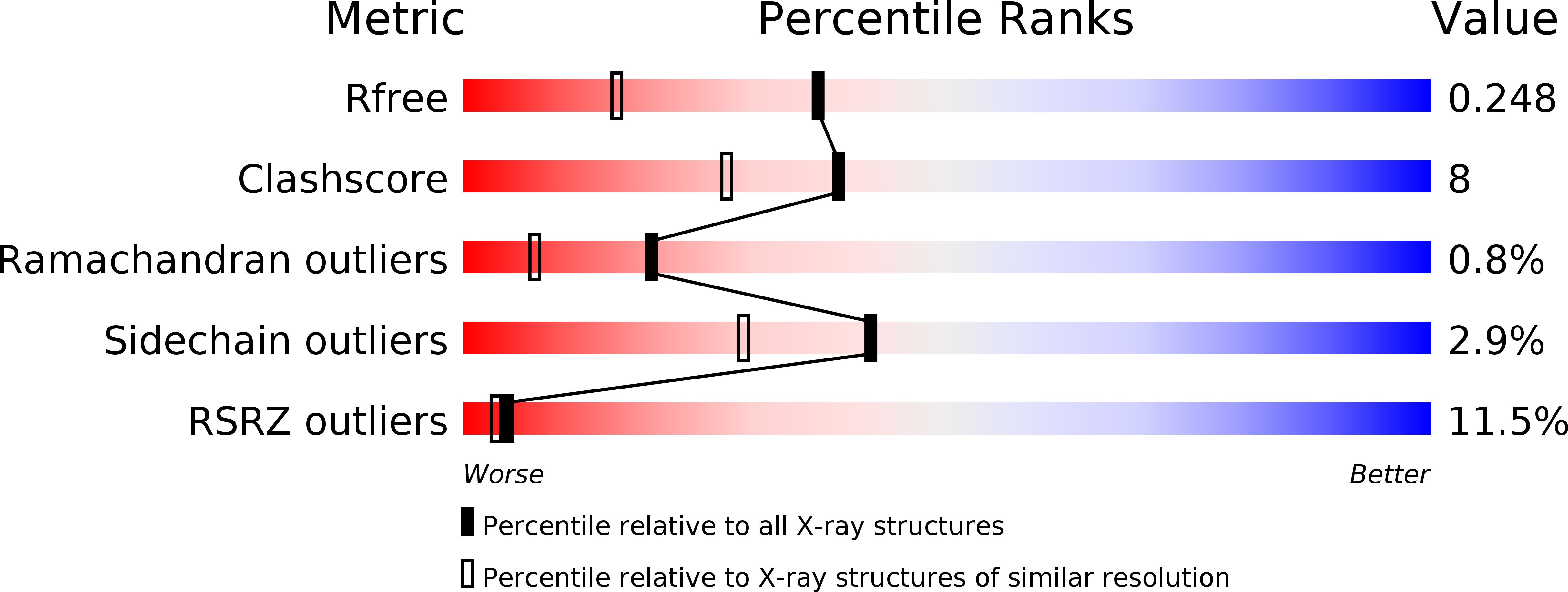
Deposition Date
2004-07-28
Release Date
2004-10-12
Last Version Date
2024-10-30
Entry Detail
PDB ID:
1U5X
Keywords:
Title:
Crystal structure of murine APRIL at pH 5.0
Biological Source:
Source Organism:
Mus musculus (Taxon ID: 10090)
Host Organism:
Method Details:
Experimental Method:
Resolution:
1.80 Å
R-Value Free:
0.25
R-Value Work:
0.21
R-Value Observed:
0.21
Space Group:
I 2 3


